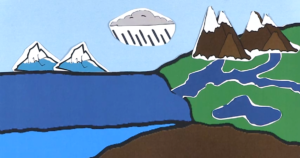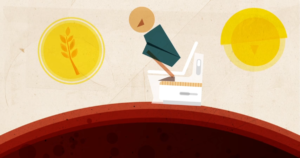Introduction to Greenhouses
Greenhouses are built to protect plants from harsh climates and to provide warmth throughout the year. Additionally, they help to save water in water scarce regions.To get a sufficient yield of crops, the plants need a stable and a suitable climate. Generally, these conditions are not always given as most regions have to face weather extremes.
The following overview will give you information on greenhouses in general, their pros and cons and successful examples of greenhouses in rural regions around the world.
Introduction to Greenhouses by Shivam Rai and Kevin Bobert is licensed under a Creative Commons Attribution-ShareAlike 4.0 International License.






